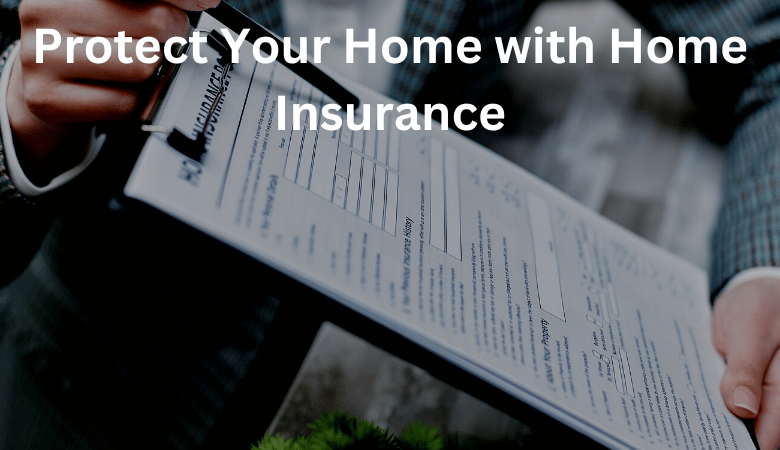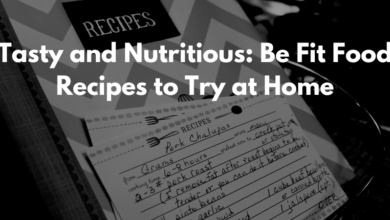Protect Your Home with Home Insurance

A home Insurance policy is a contract between you and the insurance company that provides financial protection against losses resulting from covered events, such as fire, theft, or severe weather. You pay a premium, and in return, the insurer agrees to pay for certain types of repair or replacement costs up to the limit stated in your policy.
1. Protect Your Home with Home Insurance
One of the best ways to protect your home is to have home insurance. Home insurance protects your home and belongings in the event of damage or theft. It can also provide liability coverage if someone is injured on your property.
There are many different types of home insurance policies available, so it’s important to choose the one that’s right for you. Be sure to read the policy carefully and ask questions if you don’t understand something.
Here are a few things to consider when shopping for home insurance:
• The amount of coverage you need
• The type of coverage you need
• The deductible amount
• The premium amount
• The company’s financial stability
• The company’s customer service record
• The company’s claims process
Once you’ve chosen a home insurance policy, be sure to keep your policy up to date. Make sure to keep your insurance company informed of any changes to your home, such as a new roof or security system.
And finally, don’t forget to review your policy regularly to make sure it still meets your needs.
2. Why You Need Home Insurance
As a homeowner, you know that your home is your most valuable asset. Home insurance protects your home and belongings in the event of a covered loss.
Most home insurance policies cover the following:
• Dwelling coverage – This pays to repair or rebuild your home if it’s damaged or destroyed by a covered event, such as a fire.
• Other structures coverage – This pays to repair or rebuild detached structures on your property, such as a garage or shed.
• Personal property coverage – This pays to repair or replace your belongings if they’re damaged, destroyed, or stolen.
• Liability coverage – This pays for your legal defense and damages if you’re sued for injuring someone or damaging their property.
• Medical payments coverage – This pays for the medical expenses of anyone injured on your property.
Home insurance also offers financial protection against other types of losses, such as:
• Loss of use coverage – This pays for your additional living expenses if you have to temporarily move out of your home while it’s being repaired or rebuilt.
• Ordinance or law coverage – This pays to repair or rebuild your home to comply with local building codes and ordinances.
• Water backup and sump pump overflow coverage – This pays to repair or replace your property if it’s damaged by water from a backed-up sewer or sump pump.
• Identity theft coverage – This reimburses you for the costs associated with identity theft, such as lost wages and legal fees.
A typical home insurance policy doesn’t cover flood or earthquake damage. You can purchase separate policies for these types of events.
You may be required to purchase home insurance if you have a mortgage. Even if you don’t have a mortgage, home insurance is a good idea to protect your investment.
Home insurance is affordable, with the average annual premium costing about $1,000. You can save money on your premium by increasing your deductible, bundling your home and auto insurance, and taking advantage of other discounts.
3. Types of Home Insurance
There are three types of home insurance: structural, contents, and liability. Structural insurance covers the physical structure of your home, including the foundation, framing, walls, roof, and HVAC system. Contents insurance covers your personal belongings, such as furniture, clothing, and electronics. Liability insurance covers you in the event that someone is injured on your property or if you damage someone else’s property.
4. Things to Consider When Buying Home Insurance
When it comes to buying home insurance, there are a few things you need to take into consideration. This type of insurance is designed to protect your home and belongings in the event of an accident or natural disaster, but not all policies are created equal. Here are four things to keep in mind when shopping for home insurance:
1. Coverage Limits
One of the most important things to look at when comparing home insurance policies is the coverage limit. This is the maximum amount that the insurer will pay out in the event of a claim. Make sure to choose a policy with a coverage limit that meets your needs.
2. Deductibles
Another important factor to consider is the deductible. This is the amount you will need to pay out of pocket before the insurance company will start to cover the costs of a claim. Higher deductibles usually mean lower premiums, so it’s a good idea to choose a deductible you are comfortable with.
3. Exclusions
When you are looking at home insurance policies, be sure to check for exclusions. This is something that is not covered by the policy. Common exclusions include flood damage, earthquakes, and sinkholes.
4. Discounts
Finally, don’t forget to ask about discounts. Many insurance companies offer discounts for things like installing a security system or being claim-free for a certain period of time. Be sure to ask about any discounts that may be available to you.
When it comes to buying home insurance, there are a few things you need to take into consideration. This type of insurance is designed to protect your home and belongings in the event of an accident or natural disaster, but not all policies are created equal. Here are four things to keep in mind when shopping for home insurance:
1. Coverage Limits
One of the most important things to look at when comparing home insurance policies is the coverage limit. This is the maximum amount that the insurer will pay out in the event of a claim. Make sure to choose a policy with a coverage limit that meets your needs.
2. Deductibles
Another important factor to consider is the deductible. This is the amount you will need to pay
5. How to Get the Best Home Insurance Rate
Home insurance rates can vary widely, so it’s important to shop around and compare rates before you purchase a policy. Here are five tips to help you get the best home insurance rate:
1. Know what coverage you need.
Before you start shopping for a home insurance policy, it’s important to know what coverage you need. Make a list of the types of coverage you want and the dollar amount of coverage you need for each. This will help you narrow down your choices and ensure you’re getting the right coverage for your needs.
2. Compare rates from multiple insurers.
Once you know what coverage you need, it’s time to start shopping around. Compare rates from multiple insurers to find the best price. Be sure to compare apples to apples, though, and make sure the policies you’re comparing have the same coverage limits.
3. Consider a higher deductible.
One way to lower your home insurance rate is to raise your deductible. This means you’ll have to pay more out of pocket if you have a claim, but it can significantly lower your premium.
4. Get discounts.
Most insurers offer discounts for things like installing a home security system or being claims-free for a certain period of time. Ask your insurer what discounts are available and how you can qualify for them.
5. Review your policy regularly.
Your home insurance needs can change over time, so it’s important to review your policy regularly and make sure it still meets your needs. If your needs have changed, be sure to shop around and compare rates to get the best deal.




